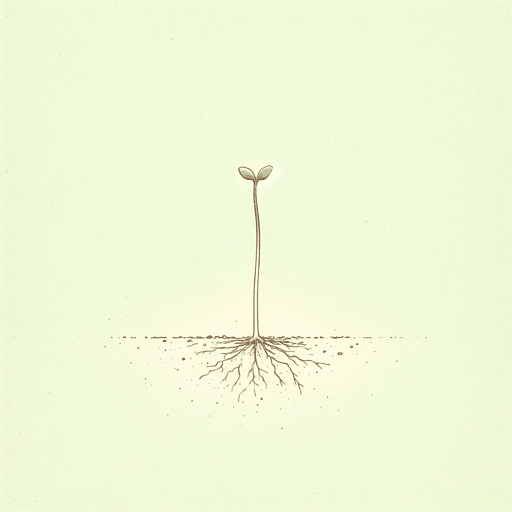50 pages • 1 hour read
B. J. FoggTiny Habits: The Small Changes That Change Everything
Nonfiction | Book | Adult | Published in 2019A modern alternative to SparkNotes and CliffsNotes, SuperSummary offers high-quality Study Guides with detailed chapter summaries and analysis of major themes, characters, and more.
Chapter 6-ConclusionChapter Summaries & Analyses
Chapter 6 Summary: “Growing Your Habits from Tiny to Transformative”
Starting Tiny Habits is like planting seeds. At first, the little shoots need nurturing, but, before long, they grow into robust plants that expand into a garden.
Habits either grow—as when two pushups enlarge to 20—or they multiply by encouraging the creation of new, additional habits. A good example of multiplying is the Maui Habit, which starts the morning with an optimistic thought: “It’s going to be a great day” (167-68). This causes “ripple effects” and “good feelings” that encourage users to create more good habits. Many habits can be multipliers—for example, exercising, which can lead to better dietary habits.
What matters in multiplying good habits is the number, not the size, of successful Tiny Habits. Small wins create feelings of success that lead to more wins, more new habits, and even more wins in a process called “success momentum.” By itself, this process often leads to big habits and big wins.
Sometimes the hope of doing something successfully is countered by a fear of looking foolish—for example, dancing at a company party, or leading a team meeting at work. Success makes the fear dwindle and the hope increase; it gets easier to do these things again.
A chief way of removing fear is mastering the five Skill Sets of behavior change.

